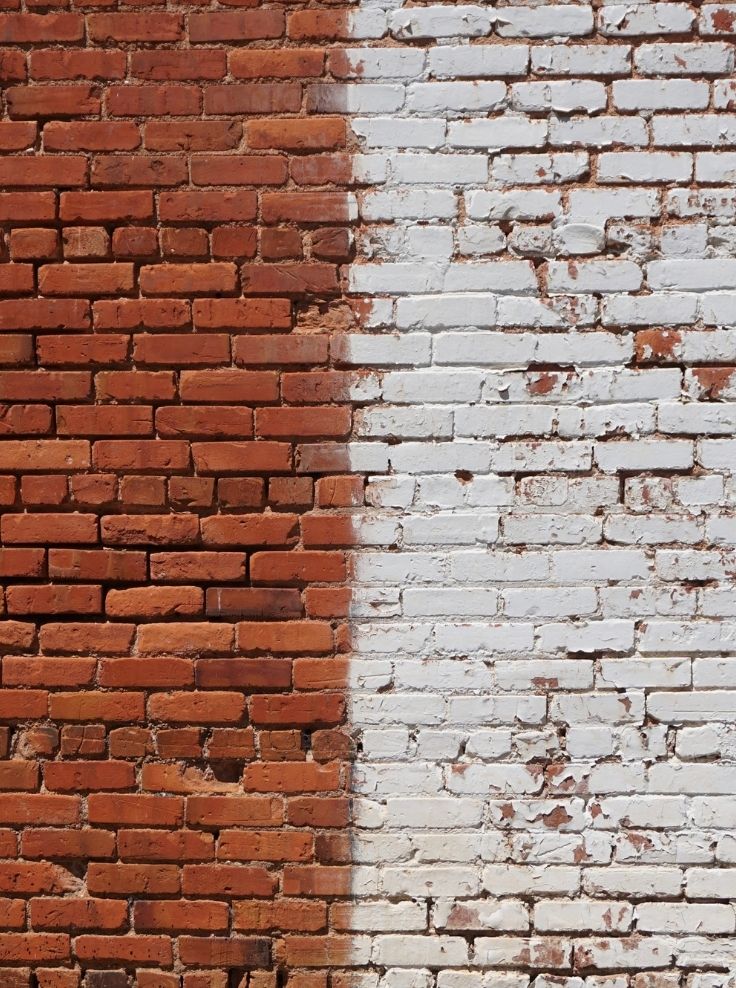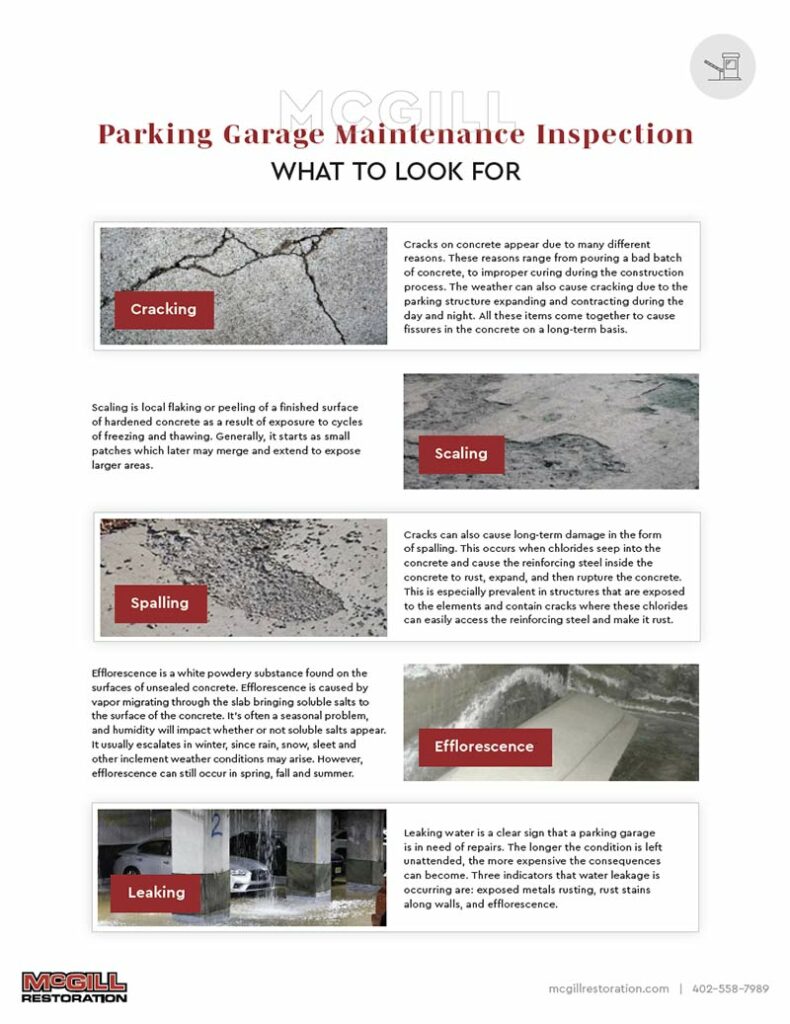Bricks tend to have a reputation of being indestructible, especially when used to build a wall or structure. After all, bricks have been used over the centuries to construct some of the biggest structures from the Puni Distillery in Italy down to the Red Brick Theatre in Barcelona. While brick can stand the test of time, painting over brick can in fact shorten its longevity. Recently, whether it’s to freshen up the look of their brick, or change up their home’s color palette, consumers believe a common misconception that it’s okay to paint over brick. That’s simply not the case and here’s why.
What happens to the building when you paint it?
When you paint over a building that’s made of brick, you’re creating extra work for yourself down the line by having to repaint it and deal with flaking or blistering paint. Additionally, and more importantly, you’re also impacting the breathability of the building by allowing paint to trap and retain moisture. Buildings are designed to breathe allowing water that penetrates the structure to escape or evaporate.
Once you paint brick, it becomes compromised.
Bricks are strong to begin with, but once they’re painted, you’ve lessened the quality of your structure and added an extra layer of unnecessary upkeep and maintenance.
Painting over brick is essentially a death sentence for brick because you’re stripping it of its natural ability to breathe and release any moisture that becomes trapped. Because of this, any moisture trapped inside the wall will begin to erode the brick, wearing it down over time. Brick, in its original state, is a porous element designed to absorb moisture while also being exceptionally good at releasing or drying out any moisture. This “breathability” is accomplished through the cracks and small openings within the brick. Once brick is painted, it loses its ability to release moisture and dry out because all those tiny cracks and openings have been painted over and sealed up. In colder climates, the level of deterioration is much higher due to the trapped moisture under the painted brick.
Signs there’s water damage beneath the paint:
- Blistering on wall
- Bubbling on wall
- Mortar joint erosion
- Paint is tough to remove
Sealed brick is one problem, but another obstacle removing the paint. One good reason to not paint a brick wall is that you’ll have a hard time removing the paint down the line. You’re guaranteed that some flaking and wearing down of the paint will occur over time but removing the paint and restoring the brick to its pre-painted appearance is a tricky endeavor. Not only does painting ruin the brick’s ability to shed moisture but you’ll feel stuck with whatever paint you choose to apply. This can make a future sale of your property difficult, because no one wants a property that can’t be changed or has high maintenance costs. A painted brick wall is literally nothing but extra maintenance costs.
Options for removal:
Hypothetically you’ve already applied a coat of paint, or this happened years ago to a property you’ve just acquired. There are some ways that you can remove paint to avoid brick deterioration and begin working toward brick restoration. Here are some ways to remove the paint on your own:
- Using scrapers
- Pressure washing
- Sandblasting
- Paint removing chemicals
Even with these tips, you should keep in mind that it’s best to call professionals if you’re looking to remove paint from brick. If not done correctly, using tools like scrapers or pressure washers can cause damage to the brick and/or the structure. All tools used to remove paint from brick need to be used carefully and with consideration of the age and condition of the brick and structure.
McGill Restoration has been an industry leader on jobs that require restoration experience like paint removal. Yet McGill also has expertise in the areas of concrete, masonry repair, and construction. Whether you need help with your home, parking garage, or a massive commercial building in need of a facelift, we’re here to help you with all construction needs.
Worried that your commercial structure is showing signs of damage? Then it’s time to call the professionals and get it taken care of. For years, McGill Restoration has led the industry in concrete repair, masonry, historical building restoration, and parking garage repair. There’s not a job too big or too small for our experts, whether it’s working on a parking facility or a corporate building, we’ve got your construction needs covered. Contact us today to get an accurate bid!



